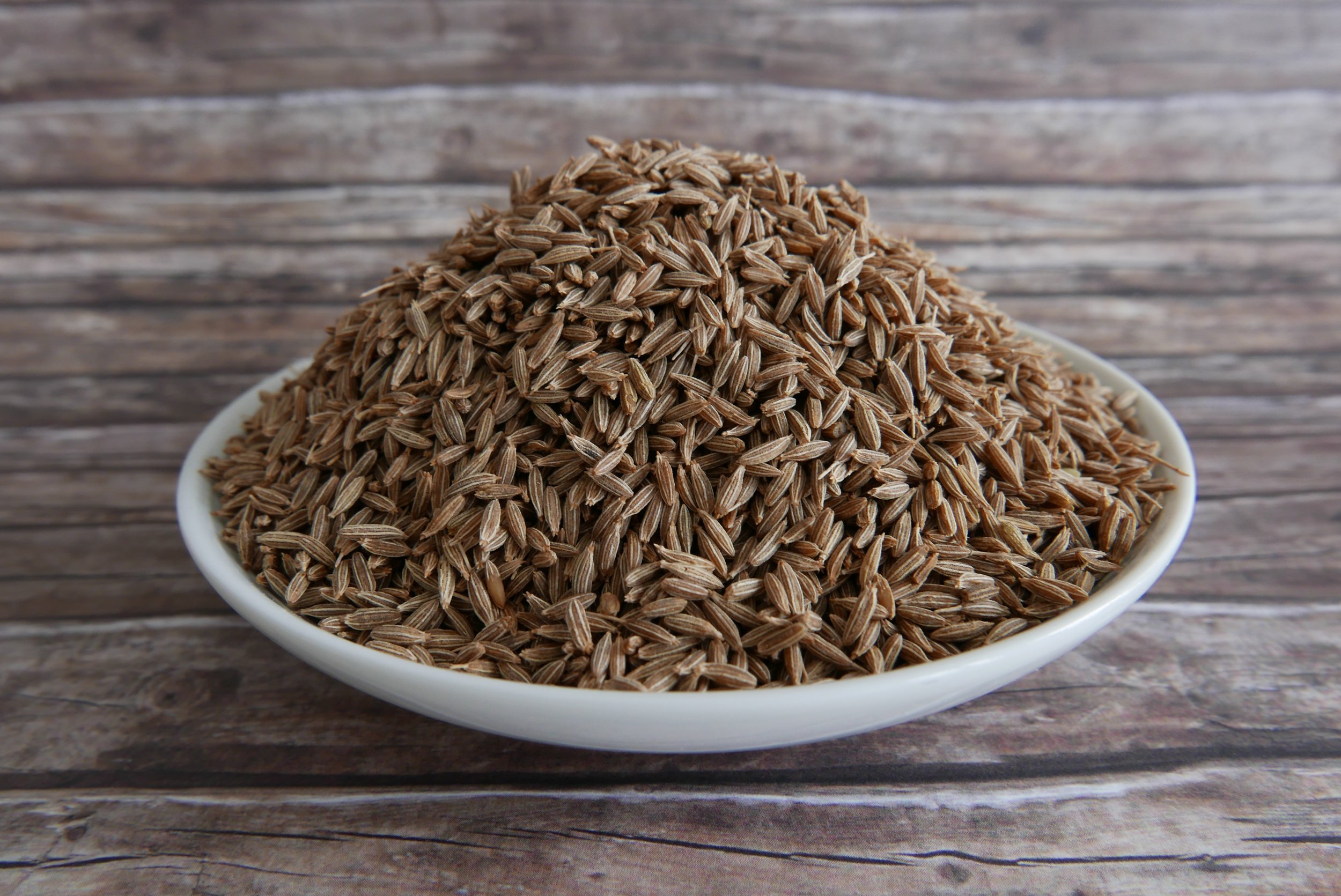explore the world through the universal language of food
Sopes - an Aztec Snack
Honestly, I had only tried sopes after living in Mexico for around 4 months and once I did, the world upon my palate changed.
It’s not a common street food, or so I thought, but I guess I was just not looking for them. I went to Cuernavaca for the weekend to spend it with my friend and his family to attend my first Mexican wedding which was quite the party and experience. The journey from Mexico City was not a long one, but a restless one so I had quite a long sleep and when I woke up and stepped into the kitchen, I sleepily saw a a glorious sope production line happening before my eyes.
My friend’s family had all come together from all corners of the world, and his mother was busy in the kitchen preparing food for 4 hungry boys, their partners and children. Not only was she making a mountain of sopes, but there was also a large bubbling pot of pozole to go along with them, needless to say, both were delicious, and I even enjoyed the tripe in the pozole (a traditional pork-based soup).
The sopes came together quickly and in all their simplicity they were unbelievably delicious, topped with straightforward and flavourful beans, cheese, queso fresco and hot sauce.
Sopes with black beans, avocado, cheese and hot sauce
One cannot talk about sopes without talking about maize and nixtamilsation. The maize crop was a fundamental element in Aztec societies and remains at the forefront of Mexican cuisine today. Even before colonisation, maize was processed by a method known as nixtamalisation. Treating the corn with alkaline solution (lime water), not only gave it a unique taste, but it also enhanced the nutritional content of the maize (specifically niacin), which was key to preventing pellagra.
Masa Harina is the dried flour of nixtamalised corn is the glorious ingredient that can be made from a myriad of corn types which can be transformed into cakes, tortillas, gorditas, tamales, champurrado and also, of course, sopes.
What Are Sopes??
Sopes are a much thicker version of a tortilla and are reasonably small in size (5-10cm), they have a ‘lip’ to hold ingredients that are layered on top of them, which range from beans, shredded pork, chicken, cheese, avocado, herbs and hot sauce.
They are not as common as tacos on the streets of Mexico, however, they are a more robust and portable snack, and just as delicious.
Masa harina (dough flour) is the base of sopes, which then has water added to it to create the dough. The dough is pressed, dry-fried, shaped and fried. There is no need to add salt or herbs to sopes. As simple as the base may seem, the process of nixtamilsation gives the corn an earthy and slightly tangy flavour profile.
The basis of sopes is essentially the same, however throughout the various regions of Mexico, everyone adds a variety of different toppings that reflect the colourful culinary diversity of the country.
Travel to Mexico city (De Effe), and you will find sopes piled high with papas con chorizo, potatoes and soft, slightly spicy Mexican chorizo. When you head south to Oaxaca, the culinary treasure of the country, sopes or memelas are showered with queso de oaxaca and sometimes crispy chapulines (grasshoppers). Jalisco’s sopes are earthy and deeply flavourful with slow-cooked meat stews such as birria. In Yucatan, sopes are brighter in flavour, yet robust with famous pork dishes such as cochinita pibil.
If you do travel to Mexico, make sure you try this wonderful dish that is robust, flavourful, and you can never ever stop at just one!!
If you can get your hands upon some good masa harina you can always try your hand at making sopes at home…. I made mine with black beans, avocado and cheese.
Cochinita Pibil
Credit @meridadeyucatan






